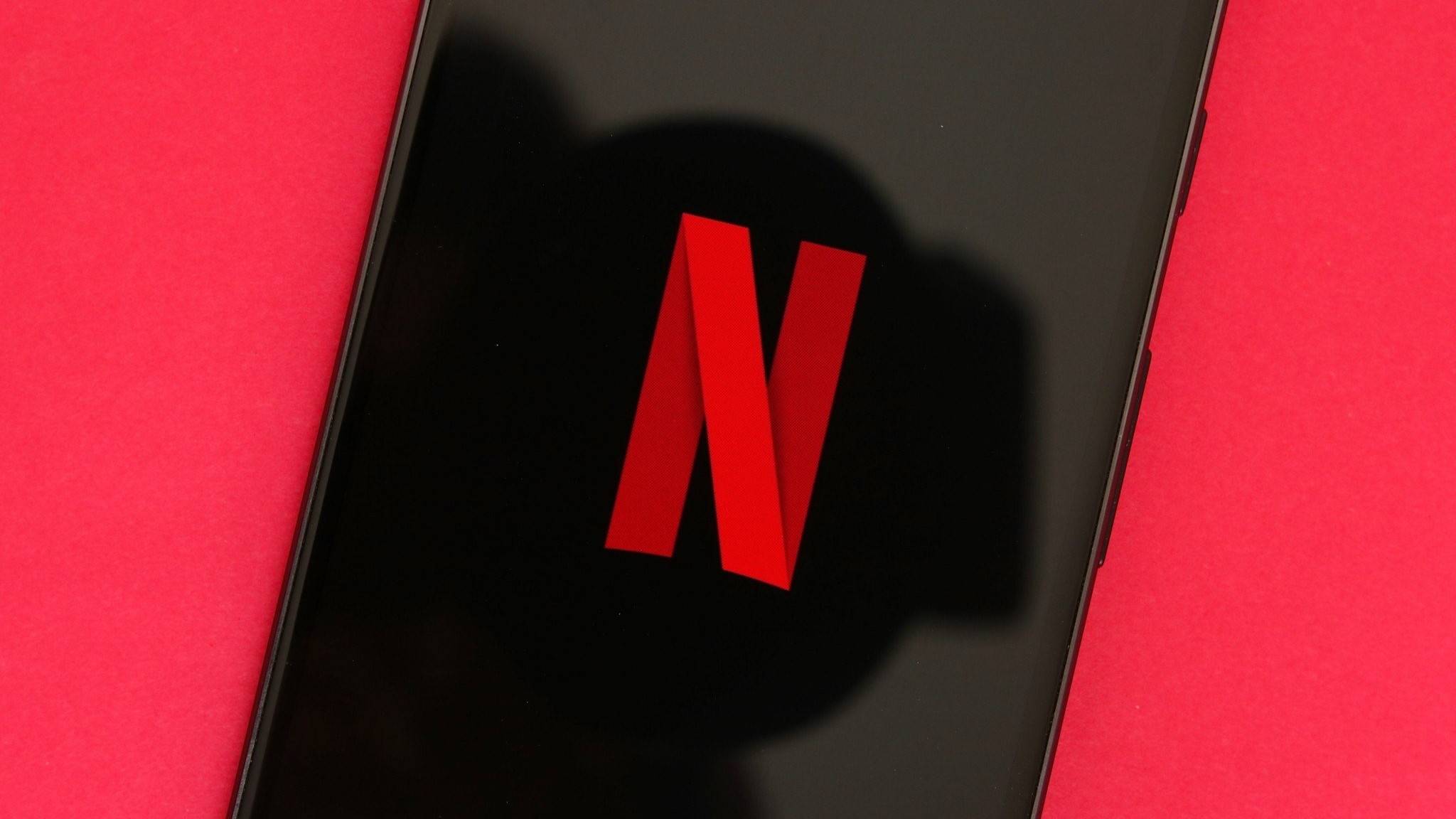
What you need to know
- An APK deep dive showed that Netflix could roll out an HDR streaming toggle for users on Android.
- The toggle would let users swap between HDR streaming or SDR if they choose, however, this is still experimental.
- HDR has been known to demand more power from a phone, draining its battery quicker and taking up more bandwidth.
There are whispers that Netflix might have started developing an HDR toggle for its streaming services on Android, and it could be a good thing.
As spotted during an APK deep dive by Android Authority, beta 3.5 based on the latest 8.117 version of the Netflix app shows signs of an HDR toggle. A few strings in the app's code state "Android Allow SDR/HDR Streaming Selection sic." Another string in the code mentions a "switch button" so users can quickly hop between HDR streaming or the lower SDR option.
HDR (High Dynamic Range) bolsters a streamed video by giving the user brighter colors, increasing its overall quality. The other option, SDR, stands for "Standard" dynamic range, which offers a "lower" quality compared to the former. Google offers HDR streaming on YouTube and explains as much on its support page.
The publication also notes that HDR can be quite consuming for devices that support it because of its hunger for power. HDR can drain a device's battery much faster due to its demands while also consuming more data. The post cites an interview between Pocket-Lint and a Dolby executive who stated that HDR consumes "5% to 10% more data" than SDR streaming.
The executive added that this number is "negligible," so it's not that big of a deal.
Elsewhere, the publication reiterated a problem it noticed with the Galaxy S24 Ultra's HDR playback where it would dim the display, causing an unenjoyable experience.
For now, the existence of an HDR toggle for the app on Android is "experimental." Things can go either way, so we'll have to play it by ear from here on out.

While we wait for what comes next, Netflix detailed its plans for 2024, which, surprise (not really), includes another price hike. Earlier this year, the streaming platform seemingly saw the end-user as the catalyst behind its ongoing investments. While the company said that a reason behind a price hike could deal with "inflation or higher data center costs," its plans for entertainment were also a factor.
Even if users don't actively engage or care about certain pieces of entertainment, a price hike will still hit, regardless.







